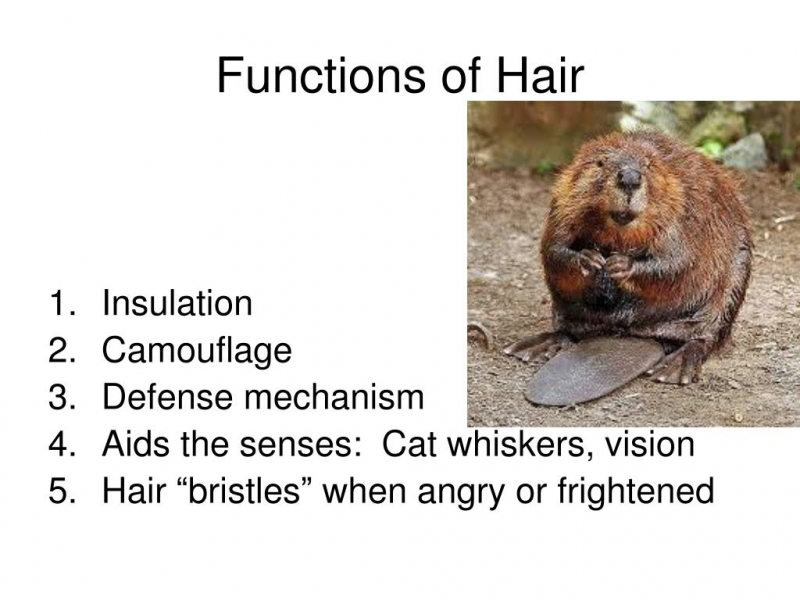What is the function of hair on the mammals?
Hair helps to insulate, conceal, signal, defend, and detect the immediate environment in contemporary mammals. Insulation aids to store heat while also protecting against extreme heat, as seen in diurnal desert animals like the camel. Human hair's principal role is to insulate the human body. Hair does this in two ways: it acts as a physical barrier between external cold air and the skin, as well as trapping warm air between the skin and the hair, keeping the body warmer.
The hair coat subserves a variety of purposes, including protection from the outside environment (including light), body temperature management, and feeling (tactile hairs or whiskers). It accounts for 24 percent of a mammals' body weight when combined with the skin. Hair, which offers insulation and protection, is regarded as one of the most important evolutionary breakthroughs that contributed to the emergence of mammals. According to National Geographic News, the roots of hair may be traced back to an unknown reptile progenitor that lived more than 300 million years ago, during the Paleozoic era.









